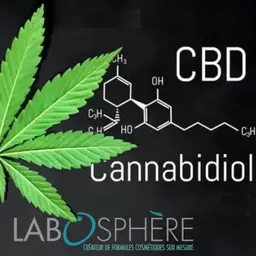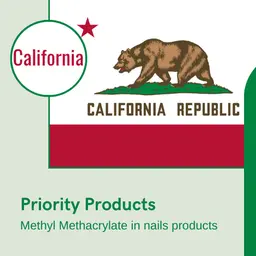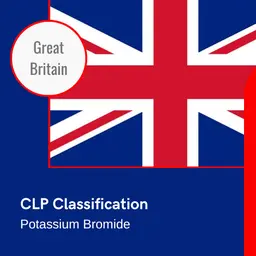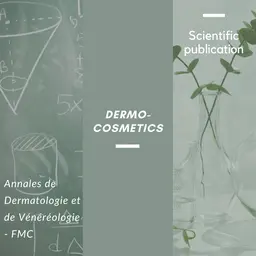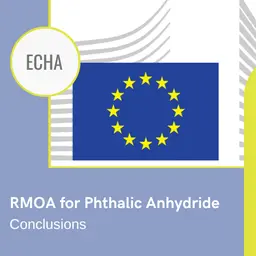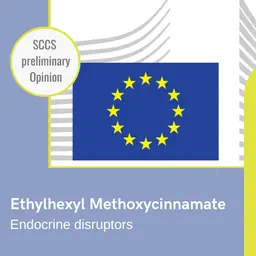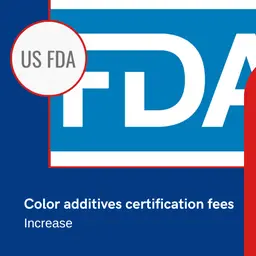
It is in cosmetics, as it is … everywhere. Almost never pure in nature, it is present as salts, mainly, and stirs up controversy. Many do not know what they talk about. What is aluminium? Where is it? What is its use? What are its dangers? What is its regulation? Let us make the point.
Aluminium is a ubiquitous chemical, meaning that it is present everywhere. It is the third element of the earth’s crust by weight (eight per cent), after oxygen and silicium.
In nature, it is almost never found as a pure element. It is generally combined with molecules, organic (citrates, carboxylic acids, sucralfates …) or mineral (chlorides, nitrates, sulfates, silicates …). It comes as ore, such as bauxite, from which aluminium is extracted on an industrial scale. Aluminium is also found in clay (aluminium silicates) or in stone alum (double aluminium and potassium sulfates) … then, generally as aluminium salts.
Aluminium is everywhere
Hence, we are, day after day, in direct contact with these aluminium salts. Exposure sources are numerous.
In nature:
•
direct contact with soils,
• breathing ambient air,
•
eating vegetables grown in soil (tea, cabbage, salads, other vegetables …), or drinking spring water …
Industrial uses
of aluminium multiply the sources of exposure to this metal through different ways:
•
housing: doors, windows made of aluminium,
•
transports: bicycles, trains …,
•
food: additives, preservatives, colourants …,
•
drinking water treatment,
•
packaging: containers, cans …,
• kitchen utensils,
•
pharmacy: anti-acid drugs (gastric diseases), adjuvanted vaccines, pharmaceutical …





